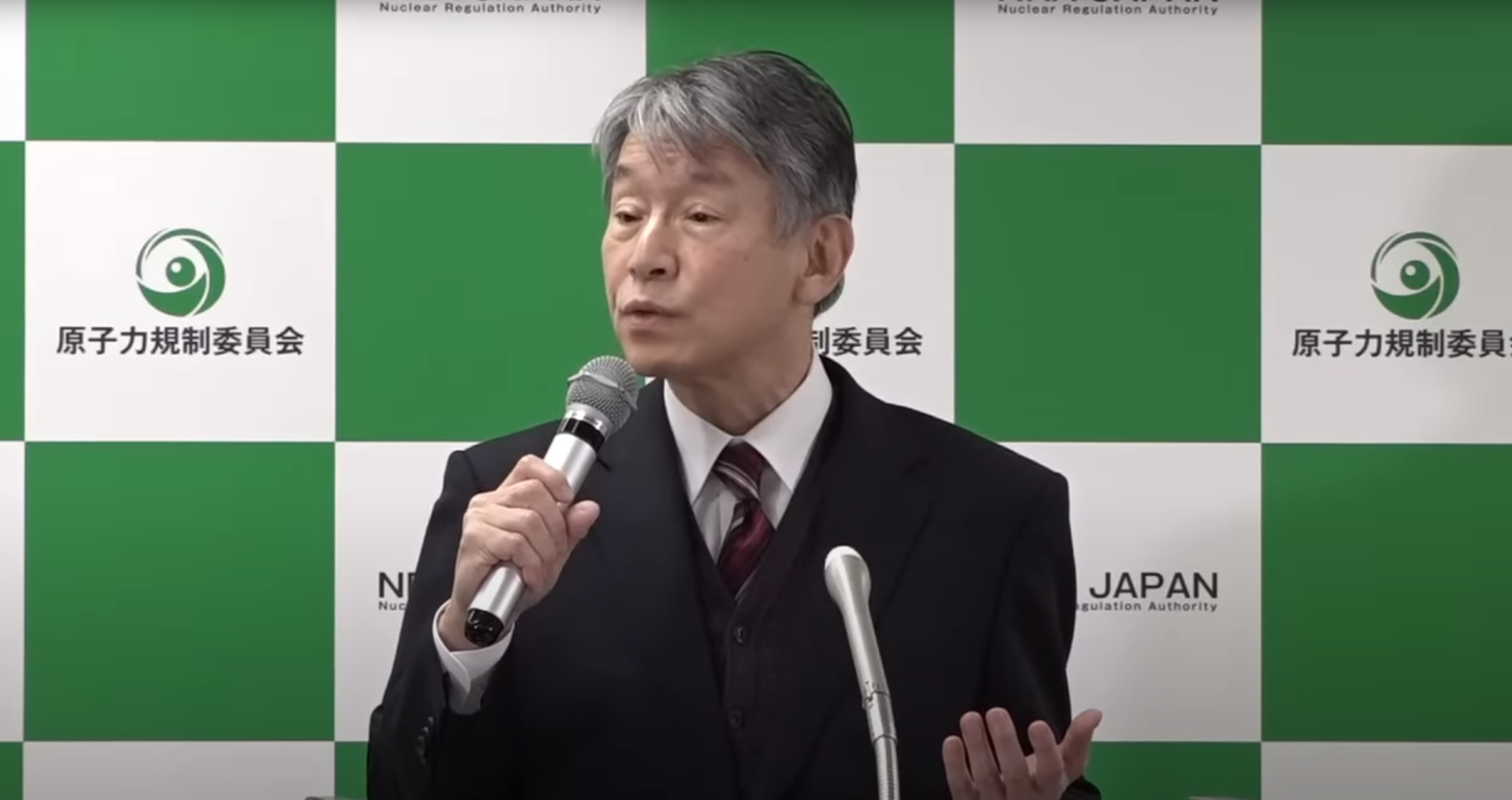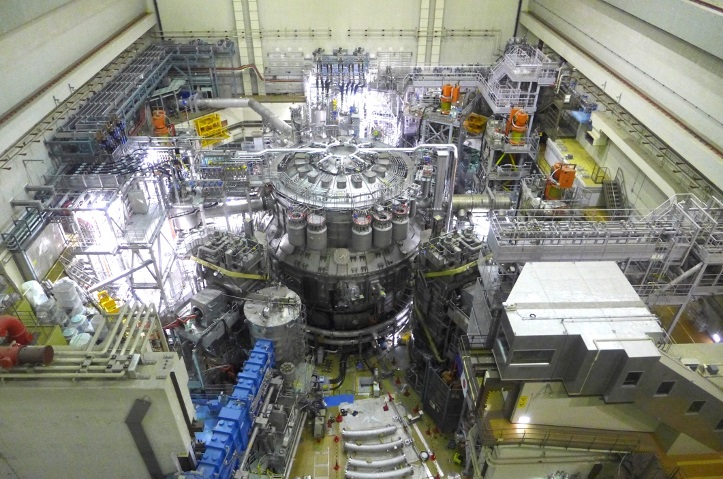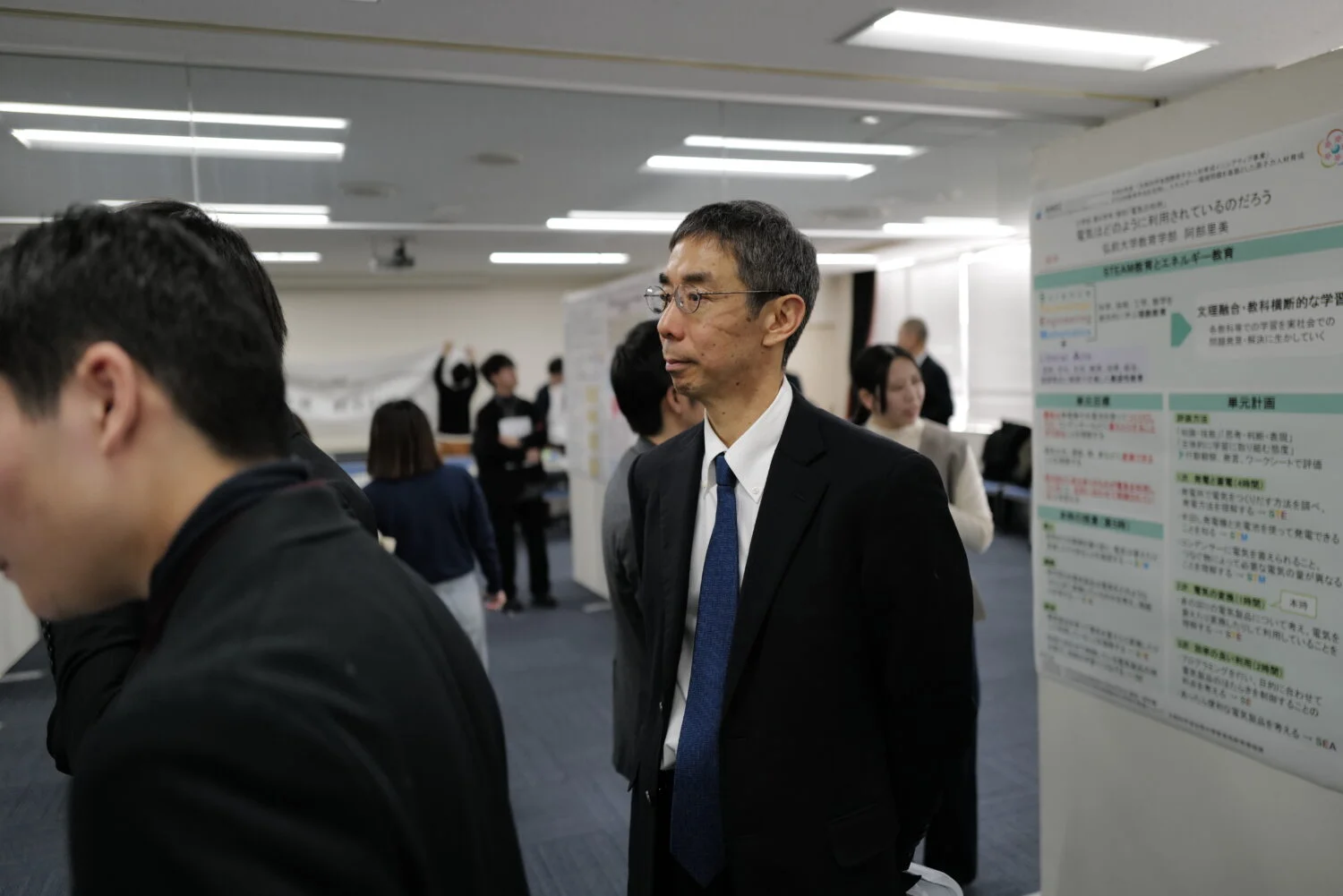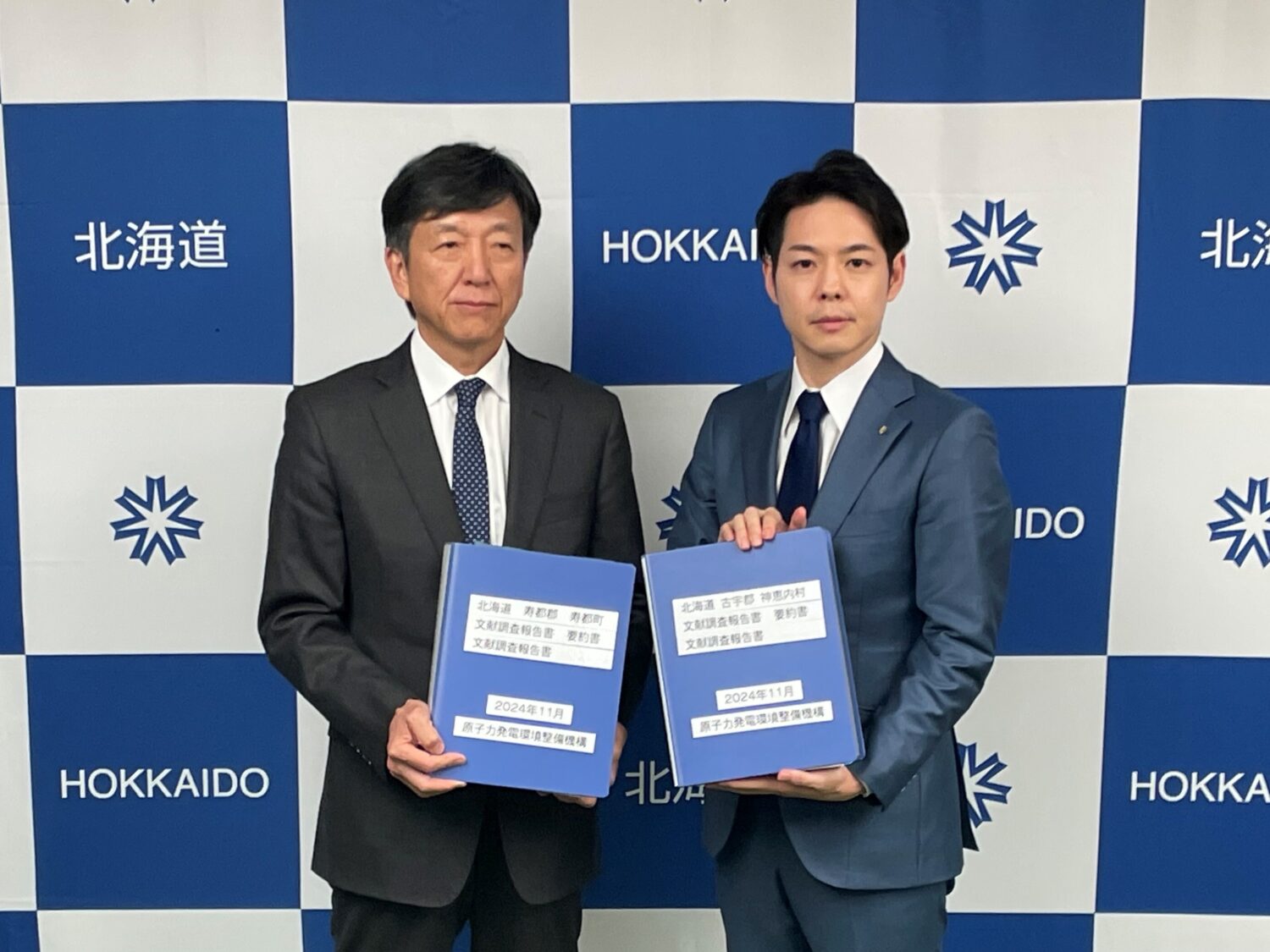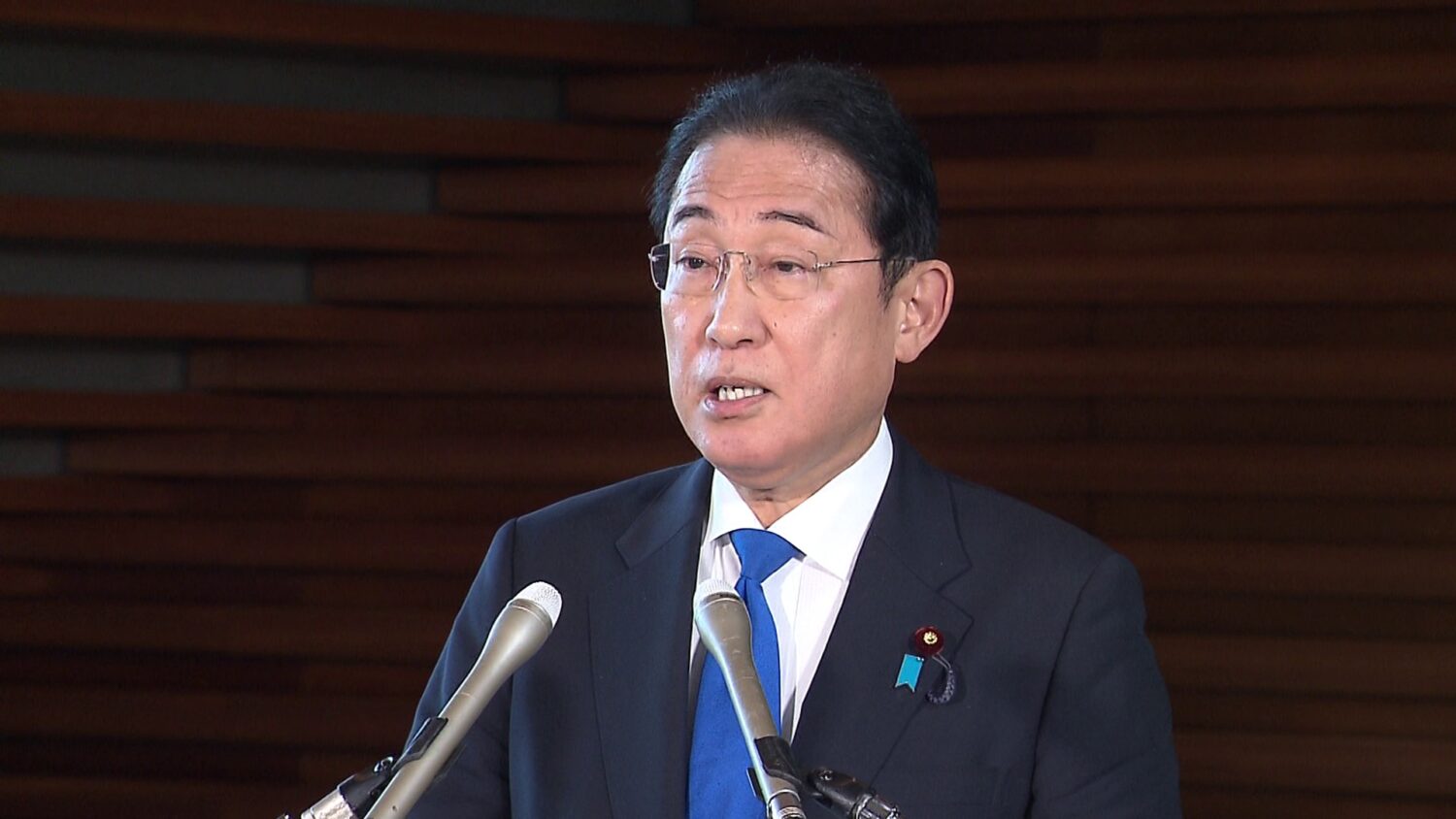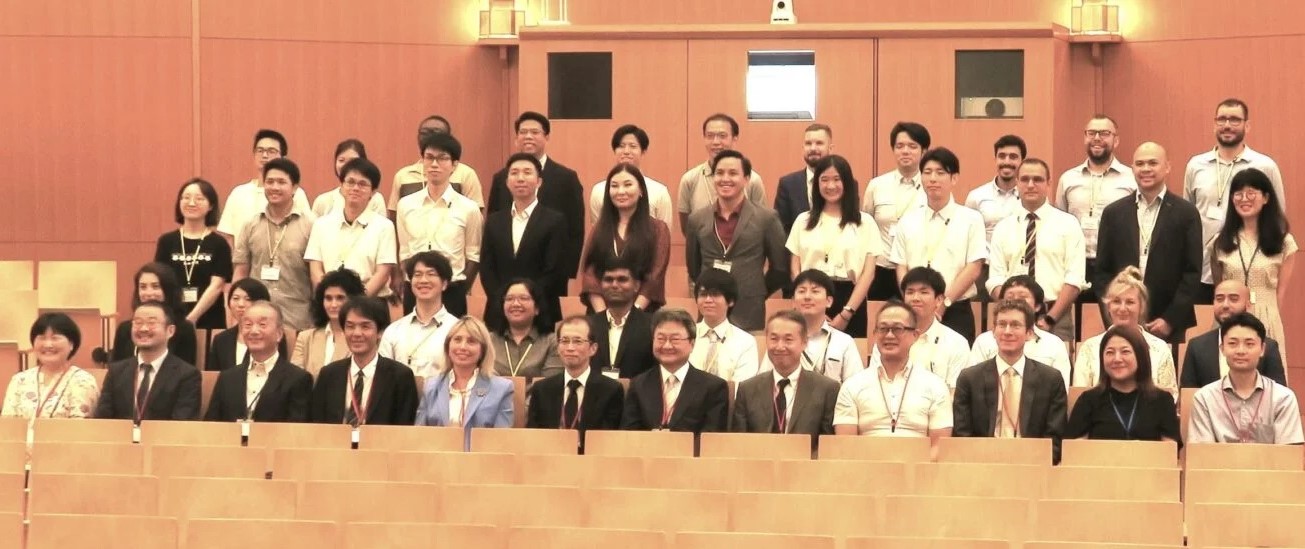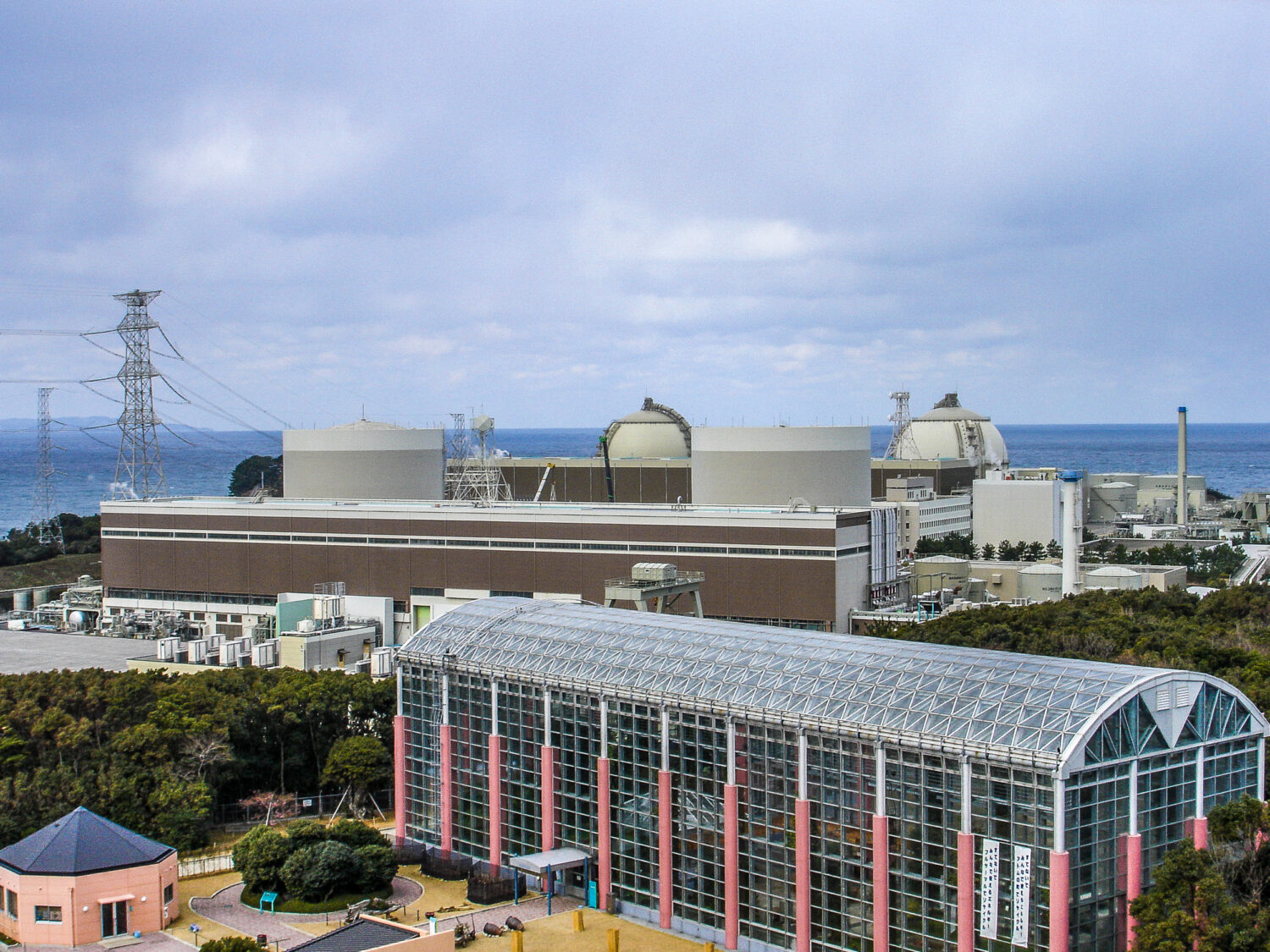Japan’s domestic primary energy supply for the period was 19,728PJ, down 1.8 percent from the previous year. With progress in restarting nuclear power plants (NPPs) and the increased use of renewable energies, the shares of nuclear energy and renewable energies as part of the total energy mix grew from the previous year by 1.4 points and 0.5 points, respectively.
While the non-fossil power source share (including nuclear and renewables) increased for the sixth year in a row, the percentage for fossil fuel was down for the sixth consecutive year, at 85.5%. Total generated electricity was 1,051.2TWh, 0.8% less than in FY17.
Broken down by power source, thermal power registered 77.0% (down 3.9 points from the previous year), with renewable energies at 16.9% (up 0.9 points) and nuclear power at 6.2% (up 3.1 points). Non-fossil power sources thus accounted for 23.0% of the total, up 3.9 points from the previous year.
In FY18, two nuclear power plants were restarted in Japan: the Ohi-4 (PWR, 1,180 MW), owned and operated by the Kansai Electric Power Co., and the Genkai-4 (PWR, 1,180 MW), owned and operated by the Kyushu Electric Power Co..
Energy-derived CO2 emissions in Japan for the period under review amounted to 1.06 billion tons, down 4.6% from the previous year, for the largest drop in five straight years of reductions. That figure represented a 14.2% reduction from FY13, when the energy supply from fossil fuels had peaked on account of across-the-board NPP shutdowns in the wake of the massive earthquake that struck eastern Japan in March 2011.
According to an announcement by the Ministry of the Environment on the same day (April 14), Japan’s domestic emissions of greenhouse gases in FY18 measured 1.24 billion tons CO2 equivalent, down 3.9% year-on-year, and 12.0% less than the FY13 level.
Japan’s long-term target, stated as an international commitment based on the Paris Agreement, is to reduce its greenhouse gas emissions by 26% from the FY2013 level by FY30, which begins a decade from now.


